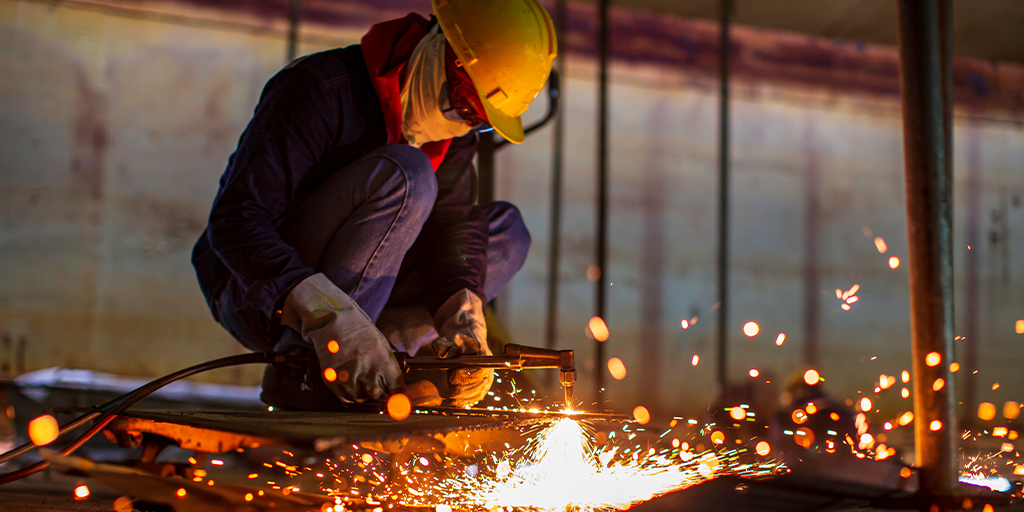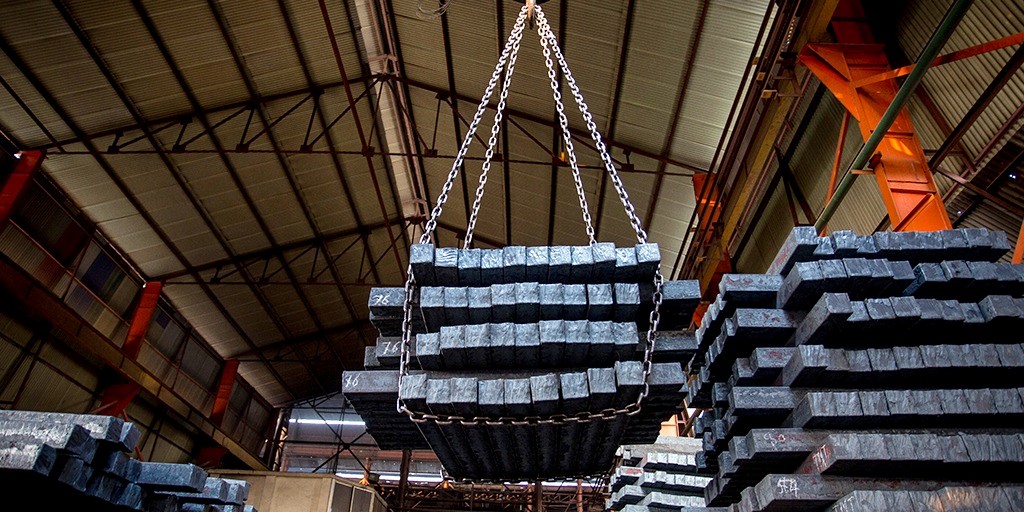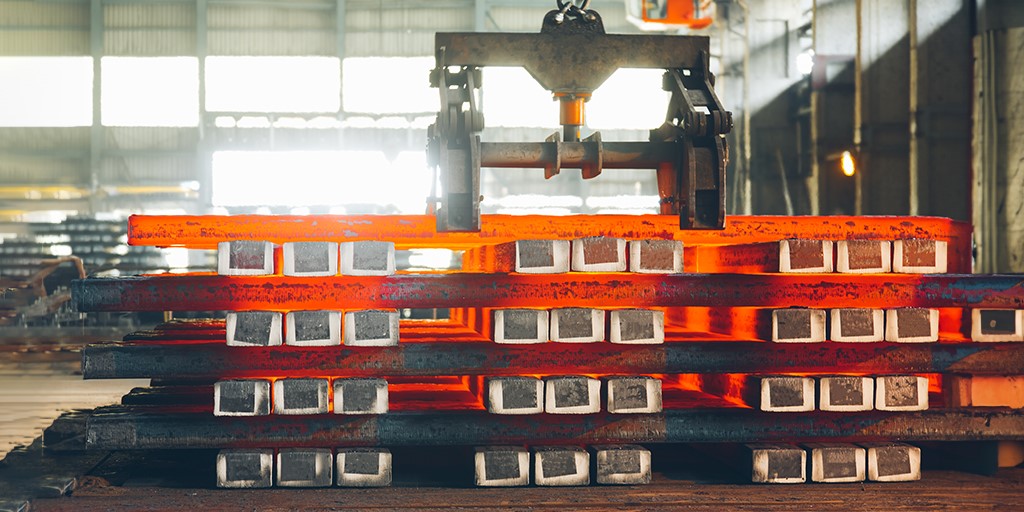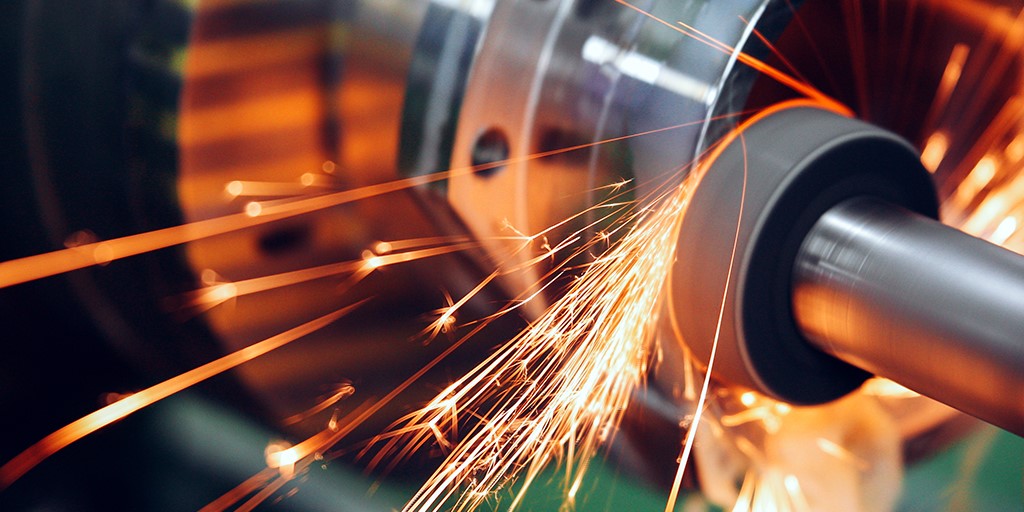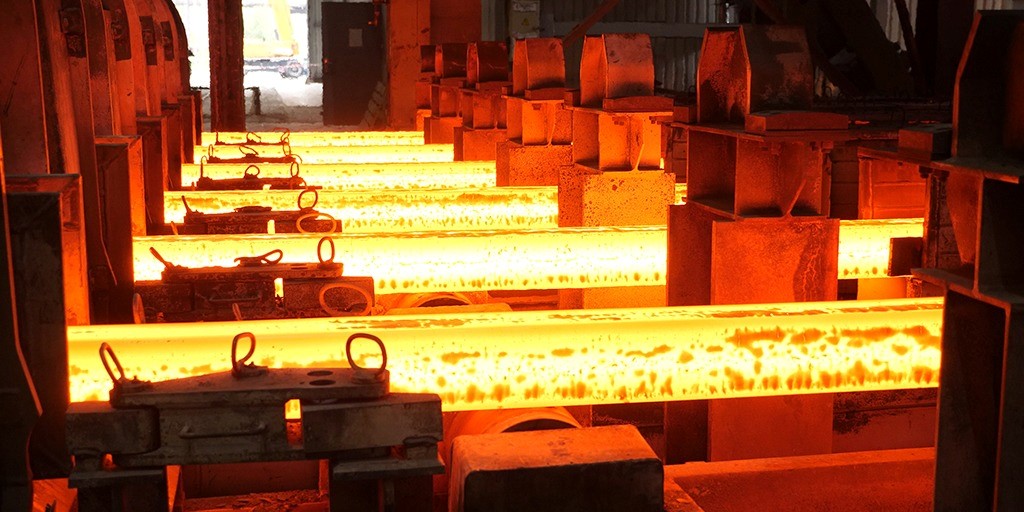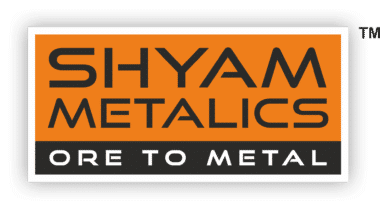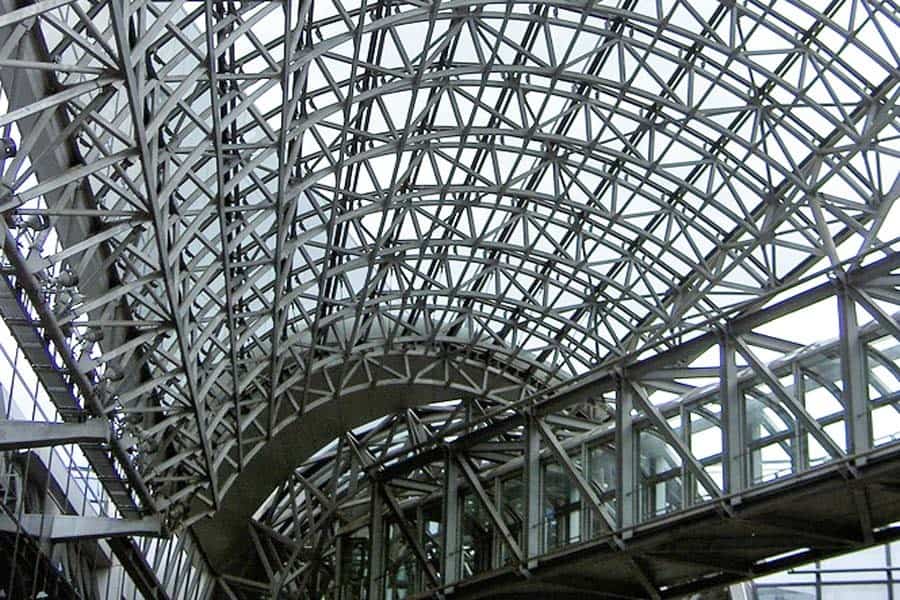
Highlighting The Types Of Structural Steel And Their Uses
Needless to mention, structural steel is quite a renowned material when it comes to providing strength and durability to a structure during construction. The strength and durability which steel provides during construction are unparalleled and way greater than any other construction material.
With material like steel, it is absolutely possible to create structures, unlike other construction materials. The exceptional level of potency and durability which steel features are one of the primary reasons why it is known as the best construction material all over the globe and also the most sought after construction material.
Structural steel and structural steel products have undoubtedly become the most preferred choice for construction as steel buildings do require various structural frames like modular and single slope and also due to the fact that steel construction consumes much lesser time, it is undoubtedly and confidently the best way of constructing structures. Keeping this mind, let’s discuss structural steel and its types.
Structural steel is basically a category of steel which is used for the purpose of constructing materials in a variety of shapes. The shape of structural steel takes the form of an elongated beam with a precise cross section. The shape, size, chemical composition, and mechanical properties of structural steel are defined by its standards in many industrialized countries. Structural steel comes in various shapes like I-Beam, L-Beam, Z-Shape, L shape (angle), structural channel (C-beam, cross section), HSS shape, T shaped, rail, profile, rod, bar and much more. Let’s talk about the type of structural steel and what purpose do they serve in the process of construction –
-
Angle Beams – Angle beams take an L shape with two legs that come together at a 90 degree angle. Angled structural steels are either equal or unequal in sizes. Angle beams are very strong with great strength to weight ratio and they are primarily used in residential construction, mining, infrastructure and transport.
-
Universal Beams – Universal Beams also known as I-beams or H-beams wherein an ‘I’ when standing upright, and the ‘H’ on their side. These beams are used in construction and civil engineering purposes.
-
Channel – C beams or structural C channels have a C-shaped cross section. They feature top and bottom flanges, connected with a web. C beams are regarded as an inexpensive solution for short and medium structures. Channel beams are primarily used in the construction of bridges.
-
Hollow Steel Section – Hollow Steel Section features a hollow, tubular cross section. HSS units come it square, circular, rectangular or elliptical shapes. They are primary used for the purpose of welded steel frames for which units face loading in different directions.
-
Pipe – Structural steel pipes are pivotal for various construction applications for its strength and stability. Pipes are basically hollow and cylindrical tubes available a variety of sizes. Steel pipes are used to meet the needs of water, oil, and gas on industrial based projects.
Steel construction has gained immense popularity all over the world. From normal residential structures to renowned archaeological and commercial structures like The Empire State Building in NewYork and Burj Khalifa in Dubai, are constructed through the use of steel, be it structural steel or structural steel products, carbon or rebar. In this generation, we are increasingly witnessing the usage of steel in the construction industry and it is without any doubt that steel will definitely take over the future of construction.




